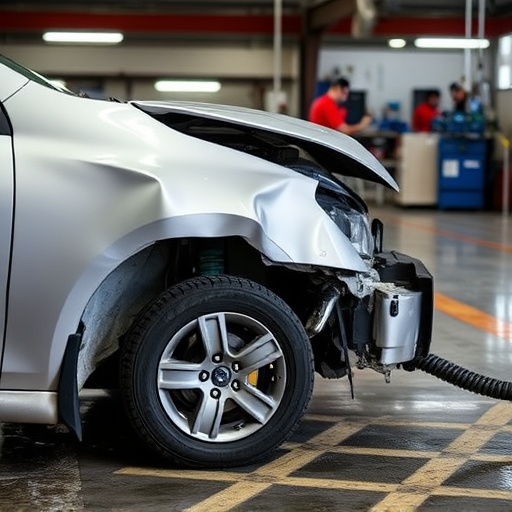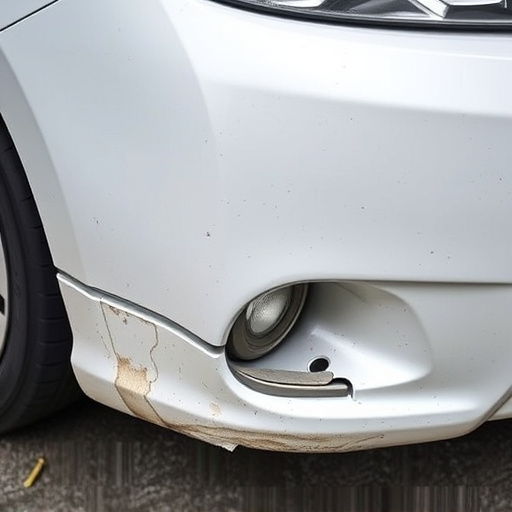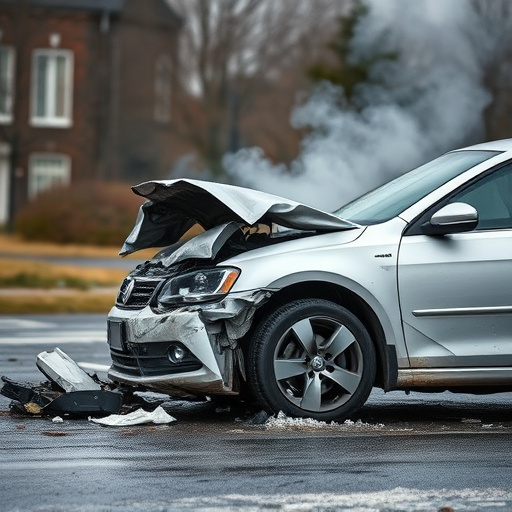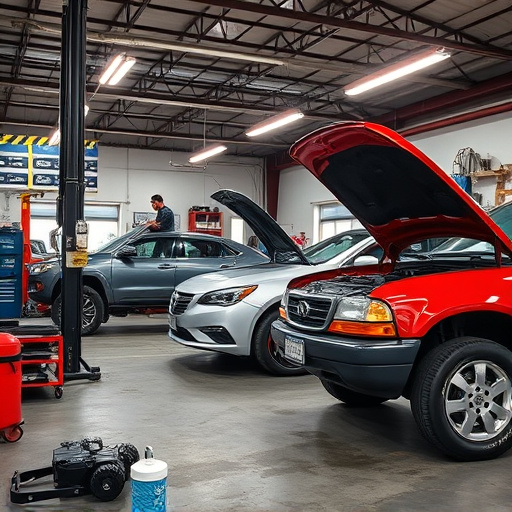Mercedes' advanced electronic stability systems, vital for preventing accidents, utilize sensors, actuators, and software to monitor and correct loss of control situations. Reputable collision repair centers with advanced diagnostic tools are crucial for thorough inspections, ensuring optimal system function through auto painting and restoration if needed. Chassis Geometry Verification is an indispensable step in Mercedes electronic stability repair, aligning every chassis component to enhance ADAS and ESC performance and safety. A meticulous process involving five key steps ensures accurate repair, preserving long-term stability and safety features.
Mercedes electronic stability systems (ESS) are a critical safety feature, ensuring optimal vehicle control. However, repairs require more than just replacing faulty components. Chassis geometry verification is an essential step in accurate Mercedes electronic stability repair. This process aligns and calibrates the system to match the vehicle’s geometric integrity, ensuring maximum effectiveness. By following a meticulous step-by-step process, mechanics can efficiently restore ESS functionality, enhancing driver confidence and safety on the road.
- Understanding Mercedes Electronic Stability Systems
- The Importance of Chassis Geometry Verification
- Step-by-Step Process for Efficient Repair and Verification
Understanding Mercedes Electronic Stability Systems
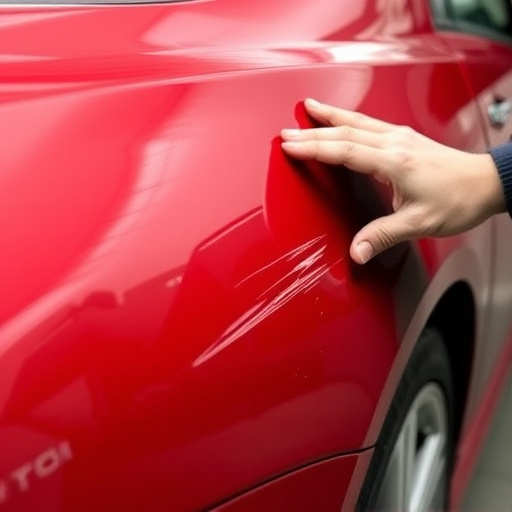
Mercedes electronic stability systems are a sophisticated network of sensors, actuators, and software designed to enhance vehicle safety and handling. These advanced systems continuously monitor wheel speed, steering angle, and other factors to detect and correct potential loss of control situations. When a driver encounters challenging road conditions or makes abrupt maneuvers, the system intervenes by adjusting brake pressure and engine power to stabilize the vehicle. This real-time response is crucial in preventing accidents and ensuring a secure driving experience, especially at high speeds or on winding roads.
Proper Mercedes electronic stability repair requires a deep understanding of these intricate systems and their interplay with other components like chassis geometry. Any discrepancies in the chassis’ structural integrity can affect the system’s performance and accuracy. That’s why, when dealing with stability control issues, it’s essential to seek expert assistance from reputable collision repair centers equipped with advanced diagnostic tools. They can perform thorough inspections, including auto painting and vehicle restoration if needed, to ensure that every aspect of the Mercedes electronic stability system functions optimally, enhancing the overall safety and reliability of the vehicle.
The Importance of Chassis Geometry Verification

In the intricate world of Mercedes electronic stability repair, Chassis Geometry Verification stands as a cornerstone procedure. This meticulous process ensures that every component of the vehicle’s chassis is aligned precisely, playing a pivotal role in the overall effectiveness of advanced driver assistance systems (ADAS) and electronic stability control (ESC). An accurate chassis geometry is fundamental to achieving optimal performance, safety, and reliability, especially considering the complex interactions between various systems, such as anti-lock braking (ABS), traction control, and adaptive suspension.
Accurate verification goes beyond merely ensuring structural integrity; it also facilitates seamless integration of modern automotive repair services, including specialized tire services and car paint repairs. By maintaining the chassis’s geometric integrity, mechanics can guarantee that these reparative interventions not only fix current issues but also preserve the vehicle’s long-term stability and safety features, enhancing the overall driving experience for Mercedes owners.
Step-by-Step Process for Efficient Repair and Verification

When it comes to Mercedes electronic stability repair, a systematic approach is key to ensuring precision and effectiveness. Here’s a step-by-step process that guides technicians through the complex repair and verification process:
1. Initial Inspection: Begin by thoroughly examining the vehicle for any signs of car damage repair, focusing on components related to electronic stability control (ESC). Identify the faulty sensor or module using diagnostic tools.
2. Component Isolation: Isolate the problematic part, taking note of its location and connection points during removal. This step is crucial for accurate Mercedes electronic stability repair, as it ensures every detail is documented for future reference.
3. Replace or Repair: Depending on the condition of the component, decide whether to replace it entirely or perform automotive restoration. For minor issues, repair may be feasible; for more severe cases, replacement is often necessary.
4. Chassis Geometry Verification: After installing the new or repaired part, verify chassis geometry using specialized equipment. This step ensures that all sensor placements and calculations align perfectly, a critical aspect in maintaining optimal vehicle performance and safety.
5. System Testing: Conduct thorough testing of the ESC system to confirm proper functionality. Use diagnostic tools to check for any errors or anomalies, ensuring the vehicle meets safety standards before returning it to its owner.
Mercedes electronic stability repair is not just about replacing faulty components; it demands a thorough understanding of chassis geometry verification. This process ensures that every repair is precise, effective, and safe, preserving the vehicle’s stability and performance. By following the step-by-step guide outlined in this article, professionals can efficiently navigate the intricate process, ensuring Mercedes owners receive top-quality service for their electronic stability systems.



